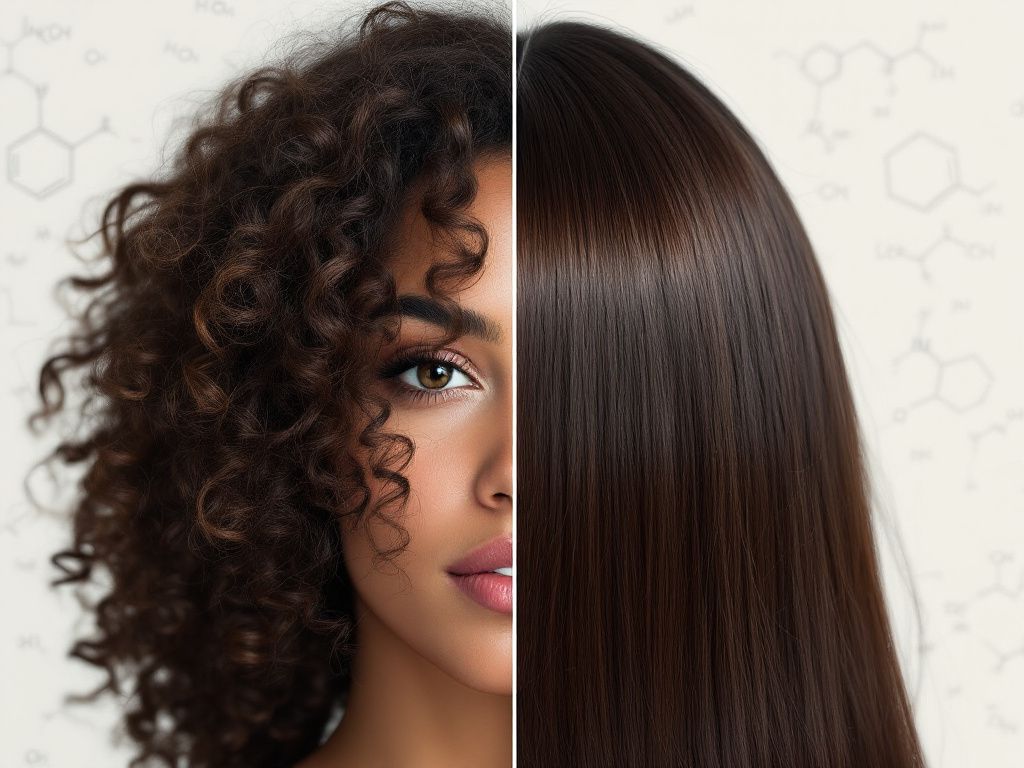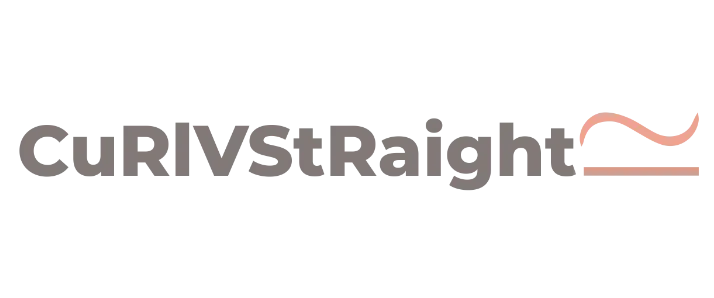
We live in an age where personal expression permeates every facet of life, which includes how we style our hair. From silky straight to tightly curled hair, chemical hair processes enable a world of textural transformations. But what precisely happens when these hair texture alterations occur through chemicals? 🧪 Understanding the intricate dance of chemistry beneath every strand can empower you—be it as a stylist, a manufacturer, or an informed consumer—to make decisions that balance beauty and hair health.
Welcome to the World of Chemical Hair Texture Alteration
Every interaction with chemical hair treatments involves altering hair’s fundamental structure. Hair’s primary component is keratin, a fibrous, structural protein composed of long chains of amino acids. Cemented by peptide bonds, these chains also contain side bonds, such as hydrogen, salt, and disulfide bonds, crucial for hair’s shape and strength.
Key Elements of Hair Structure
- Keratin: This protein makes up about 95% of the hair shaft, determining its resilience and physiology.
- Amino Acids: Essential, as they give hair elasticity and form the backbone of protein chains.
- Side Bonds: Include hydrogen bonds (weak, easily fragmented by water), salt bonds (disrupted by changes in pH), and disulfide bonds (broken by chemical treatments).
To simplify, altering hair texture chemically involves restructuring some of these bonds, primarily focusing on disulfide bonds for long-lasting change.
The Chemistry of Hair Relaxers

Relaxer Science 101
Hair relaxers, often using lye (sodium hydroxide), no-lye (potassium carbonate, calcium hydroxide), or ammonium thioglycolate, aim to make curly or coily hair straighter by breaking disulfide bonds. The formulas in relaxers work under a basic (high pH) environment. Here’s how the science unfolds:
- Disulfide Bond Cleavage: The high pH of relaxers opens the hair shaft, allowing chemicals to penetrate deep, cleaving the disulfide bonds which hold the hair’s coil or wave.
- Reformation of Bonds: Once disulfide bonds are cleaved, hair is reformed into a straight pattern. Relaxers require a neutralizing step to halt the chemical process and reestablish some bonds for stability.
Case Study: Sodium Hydroxide Relaxers
Research published in the *Journal of Cosmetic Science* showed that sodium hydroxide relaxers effectively increased hair straightness while potentially leading to protein loss. Microscopy reveals the degree of cuticle degradation after multiple applications, spotlighting the careful consideration needed with frequent use.
Delving into Perm Chemistry
Perm Basics
Perming uses ammonium thioglycolate to transform straight hair into curls. A two-step interaction first softens hair to form new shapes and later reforms the bonds to lock in the curl.

- Reduction Phase: Ammonium thioglycolate breaks disulfide bonds while mechanical rolling dictates new hair configurations.
- Neutralization Phase: Hydrogen peroxide or similar oxidizing agents reoxidize the disulfide bonds, setting the new curl structure.
Real-World Application
Perms demonstrate noticeable swelling of the hair shaft, boosting porosity, as recognized in studies featuring electron microscope imagery published by the *International Journal of Trichology*. Understanding these structural changes helps in mitigating potential hair damage by careful selection of formula strength and processing duration.
Industry Standards and Best Practices
Understanding pH and Applications
Known for its extreme hair altering rituals, the beauty industry commits to clear guidelines and techniques:
- pH Scale Usage: Typical perm solutions function between pH 8.2–9.6, while relaxers operate near pH 13. Recognizing these distinctions supports mindful chemical engagement without compromising hair integrity.
- Patch Testing: To avert immediate adverse responses, conducting small-scale testing on a separate hair section prevails as an unspoken industry norm.
Impact of Over-Processing

The furthest limits of product strength and application frequency present obstacles in maintaining hair health. Industry efforts focus on minimizing over-processing risks, characterized by:
- Detailed client records, as documented in numerous beauty schools.
- Products with condition-enhancing additive features like keratin supplements, diminishing damage.
Technical Walkthrough: Ensuring Successful Applications
- Formulation Insight: Select the most suitable relaxer or perm formula based on hair type analysis.
- Processing of Existing Bonds: Comply with exact formulation time while preserving as many native keratin chains as possible.
- Neutralization Protocols: Secure thorough and efficient execution of oxidizing or base neutralizing processes.
- Aftercare Excellence: Emphasize need for regular protein treatments and moisture balance repairs.
Conclusion: Science as the Driving Force Behind Your Hair’s Expression
Chemical processes for texture alteration represent a nuanced symphony of molecular interactions. Gaining mastery over relaxer science and perm chemistry empowers professionals in safeguarding hair’s innate and treated vigor.🧬 Insights shared in this comprehensive exploration strive to elevate industry practices, cultivate better consumer relationships, and ultimately honor personal vestiges of expression. By sharpening your chemical understanding and adhering to scientific principles, you champion not only innovative results but also the sanctity of hair health and the legacy of style.
Remember, informed application brings the artistry truly to life, transforming every chemical hair session into a testament to both style and science. 🌟
Frequently Asked Questions
What are the benefits of using a hair mask in my hair care routine?
Using a hair mask can provide several benefits, including hydration, smoothing, strengthening, curl definition, heat protection, and damage repair. Hair masks infuse the hair with moisture, help coat the hair shaft to seal split ends, reduce breakage, and protect the hair from heat styling and environmental damage[1][4].
What ingredients should I look for in a hair mask?
Effective hair masks often include ingredients such as coconut oil, argan oil, shea butter, honey, avocado oil, green tea, and coconut water. These ingredients provide nourishment, moisturize, and protect the hair, offering benefits like softening, moisturizing, and protecting against damage[2][5].
How often should I use a hair mask in my routine?
You should use a hair mask whenever your hair feels dry, unmanageable, or in need of intense hydration. This can vary depending on your hair type and needs, but generally, using a hair mask once or twice a week can help maintain healthy and moisturized hair[1][4].
How do I apply a hair mask for the best results?
To apply a hair mask effectively, shampoo your hair first, then apply the mask, focusing especially on the ends where hair tends to be the most damaged. Leave the mask on for anywhere from 10 minutes to overnight, depending on the type of mask and your hair’s needs[1][4].
References


Leave a Reply